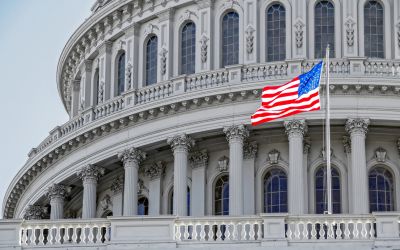Five rare earth minerals key to clean energy in short supply, says report
A report published by the US Energy Department has found that the increasing demand for clean-energy technologies, including energy-efficient light bulbs, wind turbines, batteries and solar panels, has caused supplies of five rare earth minerals to dwindle.
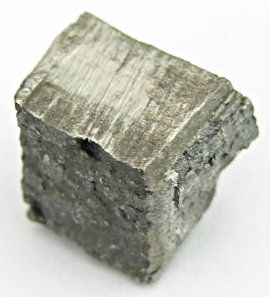
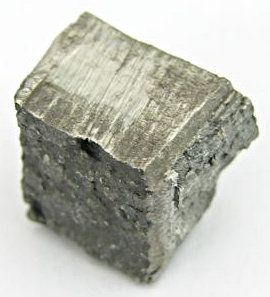
A report published by the US Energy Department has found that the increasing demand for clean-energy technologies, including energy-efficient light bulbs, wind turbines, batteries and solar panels, has caused supplies of five rare earth minerals to dwindle.
Following China’s decision in 2010 to reduce the export of rare earths by 40 percent, analysis was carried out by the US Energy Department to determine the impact on the already limited supplies of 16 elements through the production of clean-energy technologies. China exports 95 percent of the world’s rare-earth minerals, according to the US Energy Department. 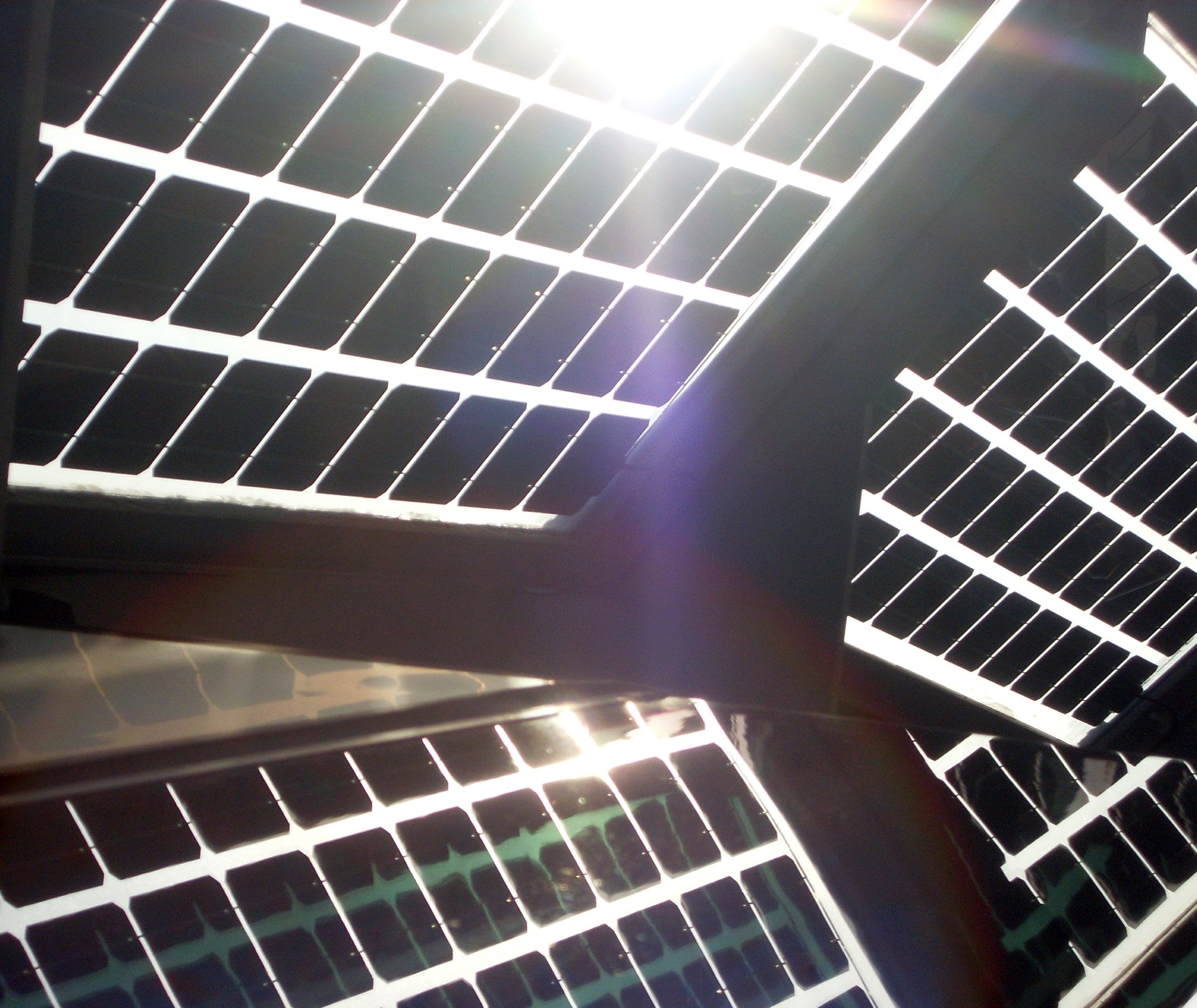
The report highlighted a total of five substances, dysprosium, terbium, europium, neodymium and yttrium, which could face potential shortages. “In recent years, demand for almost all of the materials examined has grown more rapidly than demand for commodity metals such as steel,” reads the report. “While these materials are generally used in low volumes relative to other resources, the anticipated deployment of clean-energy technologies could substantially increase worldwide demand,” it adds. David Sandalow, the assistant secretary for policy and international affairs at the Energy Department, is scheduled to address these fears at an energy event in Washington this week.
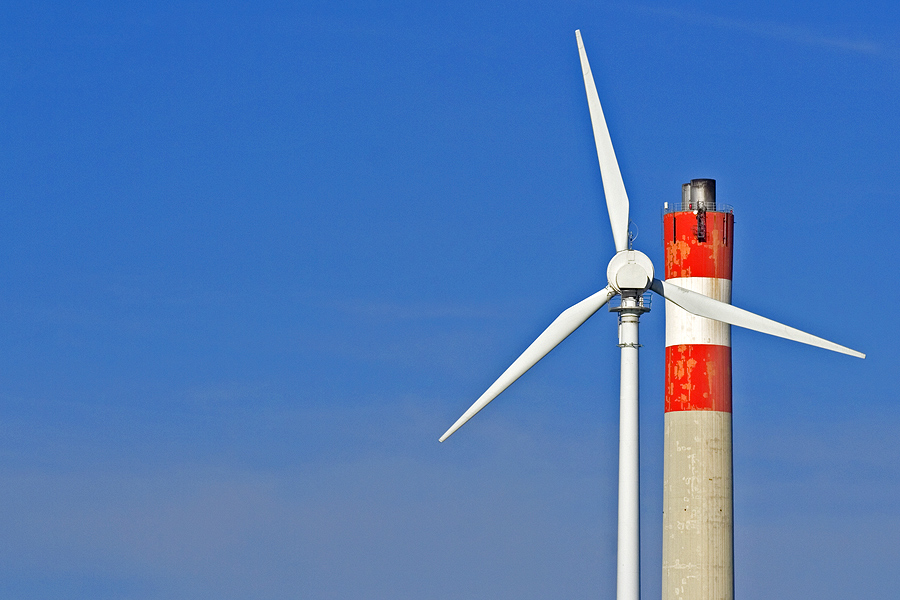 Despite the fact that the price of rare earths fell slightly in the second half of last year, a growing number of companies have reacted to the volatile state of rare earths by investing and researching in ways that it can reduce their reliance on rare minerals. The US Energy Department is also looking at how rare-earths can be used more efficiently, through recycling and by increasing their production domestically. The department has already invested over $30 million to 14 separate research projects, according to Bloomberg.
Despite the fact that the price of rare earths fell slightly in the second half of last year, a growing number of companies have reacted to the volatile state of rare earths by investing and researching in ways that it can reduce their reliance on rare minerals. The US Energy Department is also looking at how rare-earths can be used more efficiently, through recycling and by increasing their production domestically. The department has already invested over $30 million to 14 separate research projects, according to Bloomberg.
Image 01: Tomihahndorf | Wikimedia Commons
Image 02: Climate Action Stock Photo
Image 03: Climate Action Stock Photo


